How to Reduce Development Costs Using Joget
Date
Jul 04, 25
Reading Time
10 Minutes
Category
Low-Code/No-Code Development
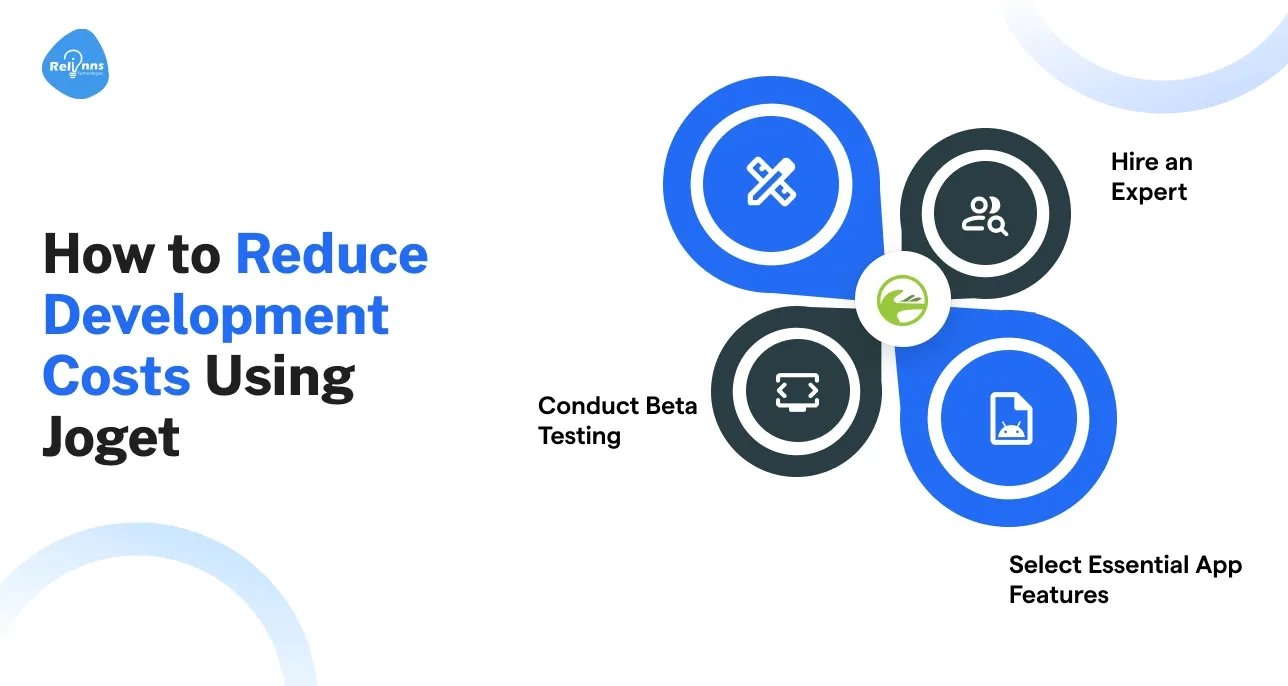
Software development costs keep rising, with enterprise apps often requiring massive budgets through traditional coding. Talent shortages, long timelines, and complex integrations make cost control a growing challenge for organizations.
Low-code platforms solve this issue by cutting expenses by up to 90%, minimizing dependency on specialized developers, and ensuring faster delivery without compromising functionality or scalability.
Joget helps businesses reduce development costs with its low-code/no-code approach. By simplifying workflows, boosting collaboration, and streamlining maintenance, Joget ensures quicker ROI and accelerates digital transformation across industries.
How to utilize Joget to reduce development costs?
Joget slashes development costs by minimizing hand-coding, accelerating delivery through visual workflows, and reducing reliance on specialized developers.
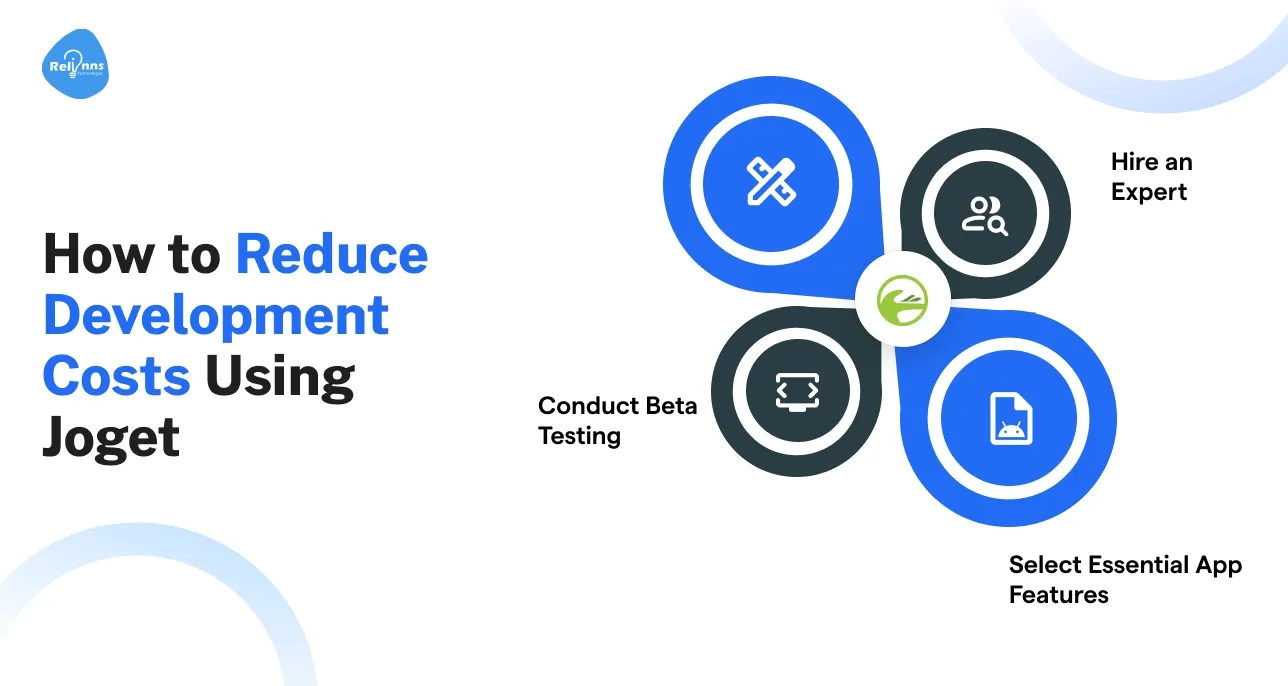
Its reusable components, built-in integrations, and drag-and-drop interface accelerate time-to-market, helping businesses build scalable apps faster while achieving a lower development cost.
By empowering cross-functional teams and eliminating traditional development bottlenecks, Joget helps organizations reduce development costs while maintaining quality and flexibility at scale.
A. Low-code development: A financial game changer
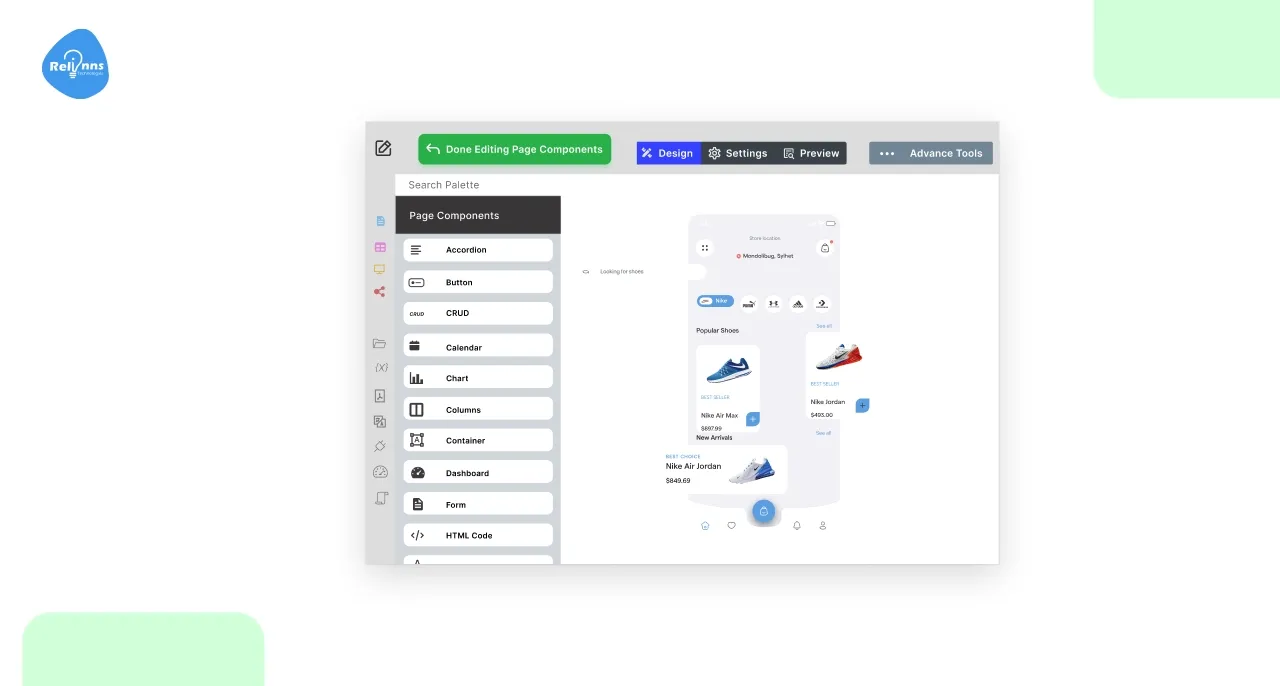
According to McKinsey, 85% of enterprise software projects exceed their budgets, often due to prolonged development cycles and a scarcity of skilled talent. Joget’s low-code platform turns this challenge into an opportunity by replacing traditional hand-coding with intuitive, visual development tools.
This shift lets teams build apps, automate tasks, and manage workflows all with minimal coding boosting speed, efficiency, and helping reduce development costs.
A real-world example highlights this impact: a leading healthcare provider reduced development time by 60% using Joget’s drag-and-drop interface and reusable components.
Low-code platforms also address the global developer shortage, which is expected to reach 4 million unfilled roles by 2026. By empowering non-technical staff to contribute to app creation, Joget enables faster delivery, lowers hiring costs, and eases project bottlenecks.
Key Benefits:
- Applications can be built and deployed significantly faster using Joget’s intuitive visual development environment.
- Pre-built templates and components help reduce development costs and eliminate redundant coding efforts.
- Business users can create workflows directly, reducing dependency on experienced developers.
- Modular architecture enables easy scaling, feature updates, and seamless integration with third-party systems.
- Built-in governance tools ensure secure, compliant, and controlled application deployment across departments.
B. Visual workflow and form builders
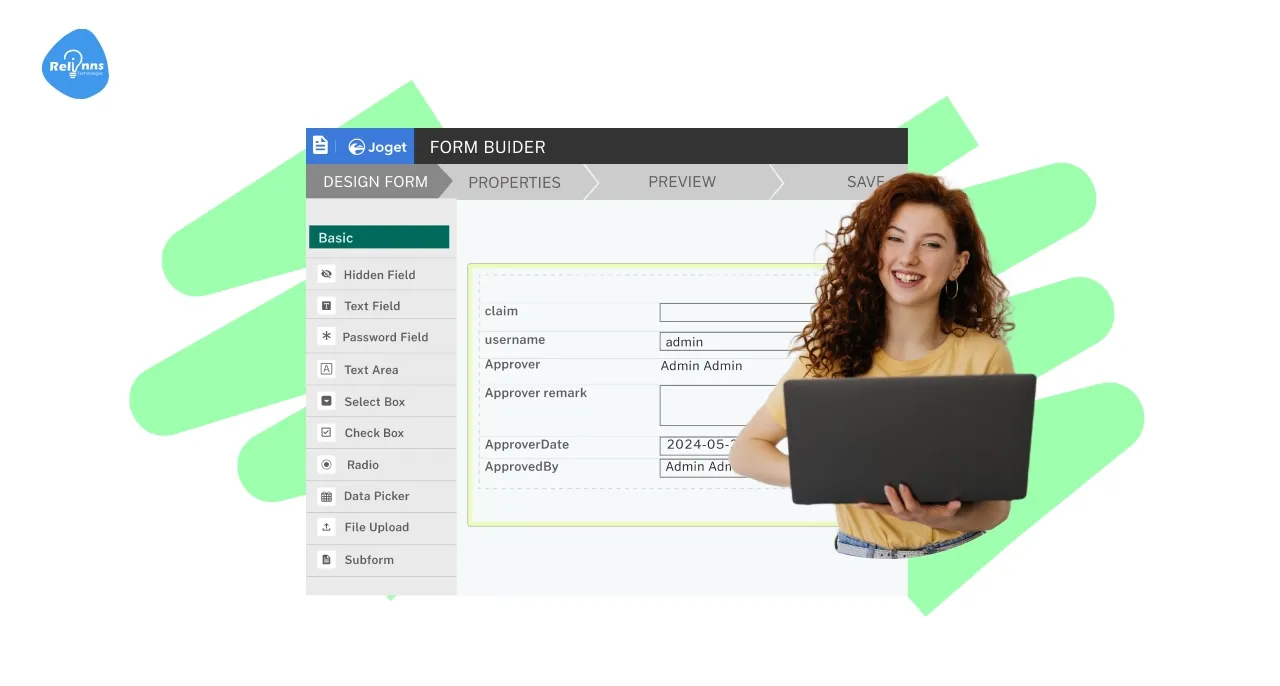
User interface development consumes a significant portion of application effort, as recent industry studies have shown.
Low-code platforms, such as Joget, simplify this process, enabling faster delivery and lower development costs through visual tools and pre-built components.
Joget eliminates these inefficiencies with its intuitive visual tools that allow users to build forms and automate processes using drag-and-drop builders. This eases developer workload, accelerates delivery, and helps reduce development costs across departments.
Key Benefits:
- Complex forms and workflows can be designed without writing code, significantly speeding up overall development.
- Drag-and-drop tools reduce dependency on front-end developers, making UI creation more accessible across teams.
- Visual modeling ensures stakeholder clarity, thereby reducing the need for change requests and iterations after deployment.
- Form updates and process changes can be made quickly, with minimal downtime or regression risks.
- Integrated logic and validations prevent data errors before submission, improving system accuracy and user satisfaction.
C. Ready-to-use templates and plugins
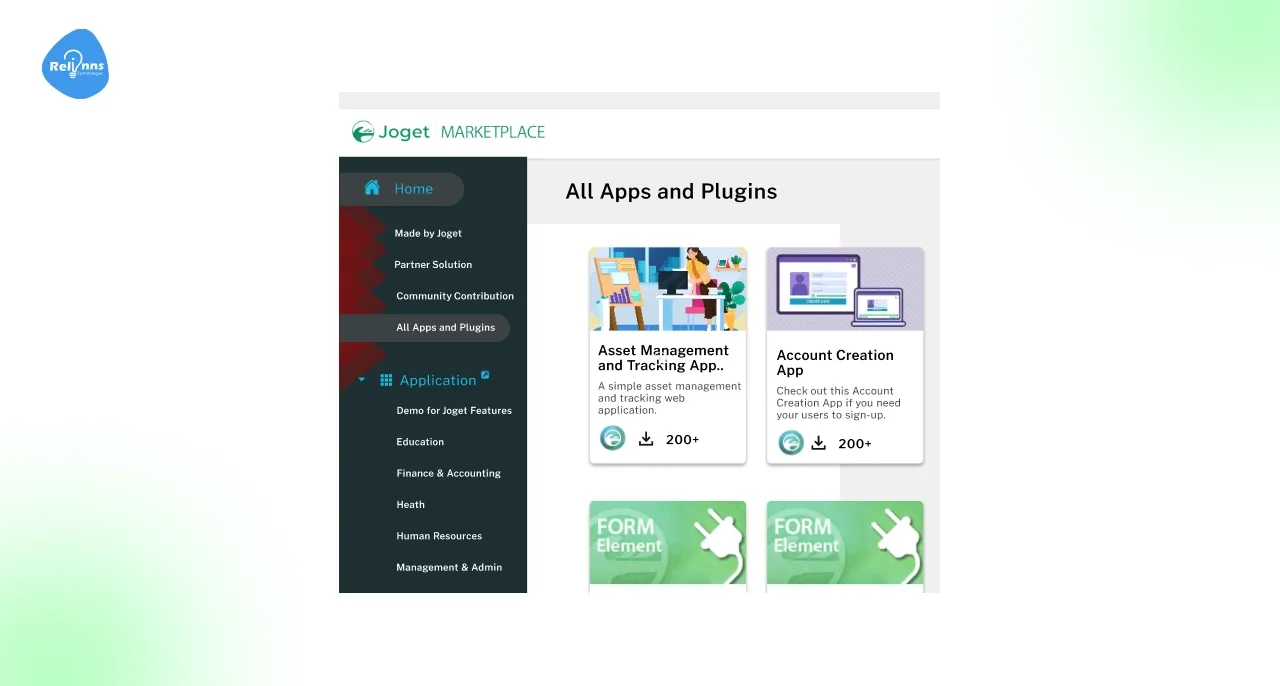
Starting from scratch is one of the most time-consuming development approaches; however, low-code solutions can reduce development time by 50–90%, according to research by SBS.
Joget’s extensive Marketplace offers hundreds of templates and plugins, enabling organizations to leverage pre-tested functionality instead of building everything from scratch.
This drastically lowers the burden of design, development, and testing for everyday use cases.
A financial services company implemented a comprehensive onboarding system using Joget templates, leading to a significant reduce development costs compared to their earlier custom-coded approach, while also improving delivery speed and scalability.
Key Benefits:
- Pre-built templates and plugins deliver ready-made functionality, removing the need for repetitive custom development.
- Teams can quickly adapt templates to fit their workflows, significantly reducing both build time and testing cycles.
- Community-tested components increase reliability and reduce bugs compared to custom code written from scratch.
- Plugin-enabled features, such as analytics and authentication, are available instantly no need to design from scratch.
- Leveraging template libraries enables rapid iteration and scaling across new business use cases without incurring additional costs.
D. Automating workflows to save manual effort

Manual business processes still account for between 20% and 30% of an organization's revenue each year due to inefficiencies, according to Forbes. Traditional software tools often don't eliminate this drag, as high development costs delay automation efforts.
Joget’s visual workflow engine empowers non-technical users to set up approvals, notifications, and conditional logic without writing code, streamlining processes and helping reduce development costs through faster implementation.
A manufacturing company automated its purchase requisition and approval process, reducing the cycle from two weeks or one month down to three days, as documented in the organization's case study brochure.
Key Benefits:
- Visual workflow automation eliminates manual steps, enabling faster, error-free process execution.
- Non-technical users can configure workflows independently, freeing IT teams from repetitive support requests.
- Approval flows and notifications ensure tasks are routed correctly and completed promptly, improving compliance.
- Automated data handling reduces manual entry mistakes and lowers operational overhead.
- Organizations typically realize ROI within 3–6 months, much faster than with custom workflow solutions.
E. Easy Integration with External Systems
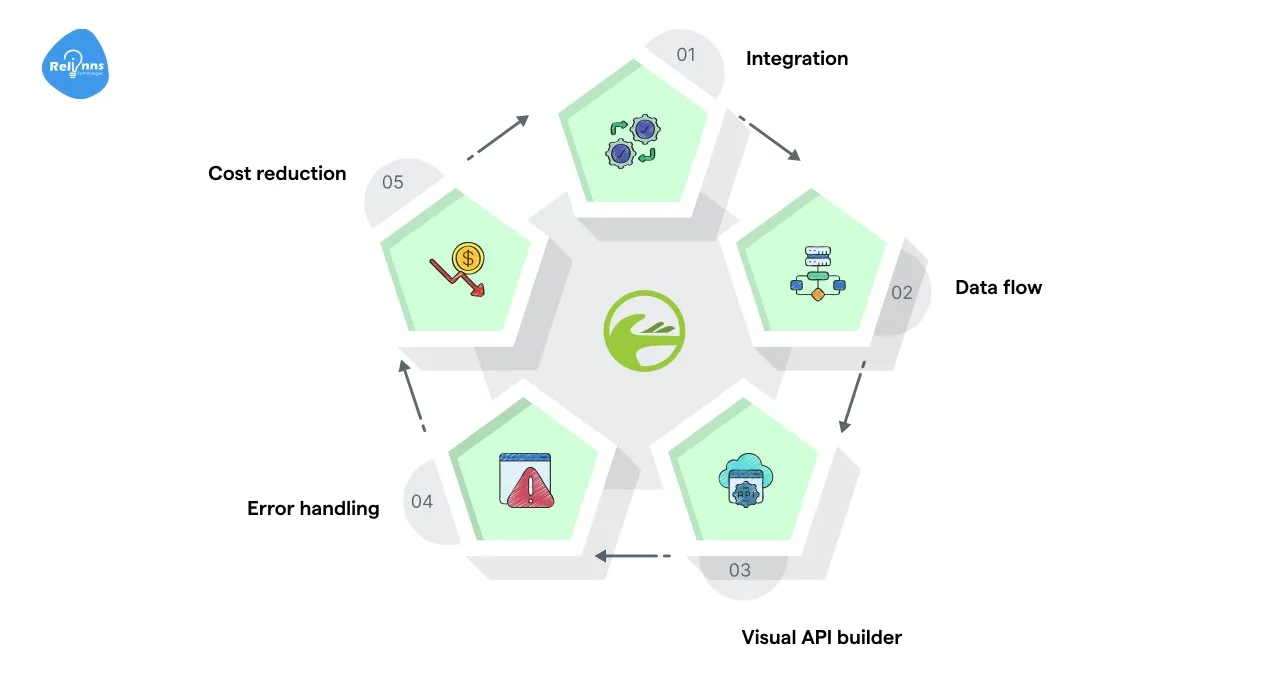
According to MuleSoft’s 2023 Connectivity Benchmark Report, IT teams spent an average of 40.31% of their time designing, building, and testing custom integrations, highlighting how integration efforts can consume nearly half of project resources. Traditional integration requires specialist developers and heavy custom coding.
Joget streamlines this process with ready-made connectors, visual REST/SOAP API builders, and seamless database integrations, significantly reducing development time and ensuring a lower development cost.
A logistics company integrated Joget with SAP ERP, CRM, and warehouse systems in six weeks a task that would typically take 4–6 months using standard development approaches.
Key Benefits:
- API and connector tools allow seamless integration with ERP, CRM, and databases without specialized coding.
- Rapid integration accelerates data flow across systems, reducing latency in business processes.
- Visual API builder empowers citizen developers to create and test integrations hands-on.
- Error handling and monitoring are built into visual integrations, improving ongoing reliability.
- The significant reduction in integration costs supports faster deployment and budget control.
F. Mobile-Ready Without Extra Work
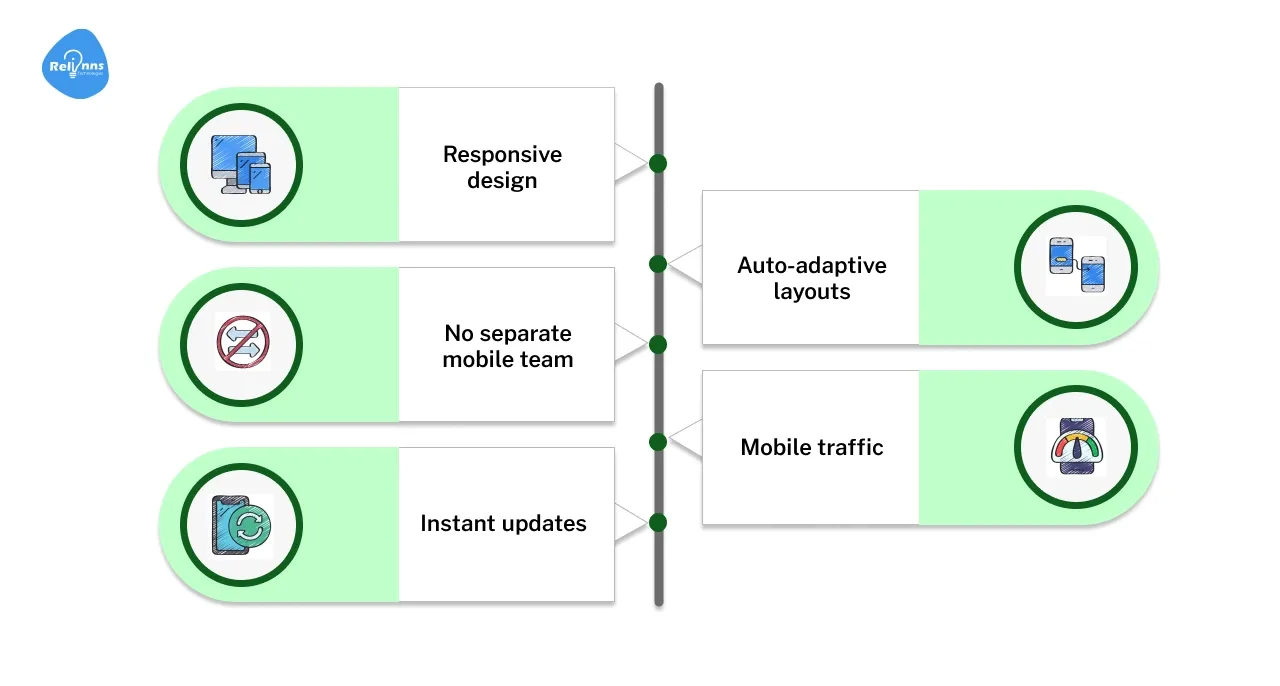
Developing separate mobile applications typically doubles the development effort, since it requires two distinct codebases and specialized testing teams.
Joget’s responsive design adapts apps to all devices, reducing rework and helping reduce development costs.
A healthcare provider deployed a patient management system across both desktop and mobile platforms simultaneously, saving an estimated USD 120,000 compared to creating a mobile-specific app version.
Key Benefits
- Responsive design is built in, delivering a consistent user experience across all device types.
- No separate mobile development team is required, dramatically reducing overall project costs.
- Updates immediately apply to all platforms simultaneously, simplifying maintenance and version control.
- Auto-adaptive layouts reduce UI issues and inconsistencies across devices, improving user adoption.
- With mobile traffic accounting for over 55% of web usage, this built-in responsiveness meets modern user expectations cost-effectively.
G. Faster testing and deployment
Testing and deployment phases account for 30–40% of project costs, according to Capgemini surveys.
Traditional builds rely on manual testing and complex deployment pipelines. Joget accelerates delivery with built-in testing tools, version control, and one-click deployment, further driving efficiency and ensuring a lower development cost.
Reports show organizations experience 75% faster deployment cycles compared to manual approaches. A financial firm reduced its deployment time from four weeks to just three days using Joget while maintaining compliance and quality standards.
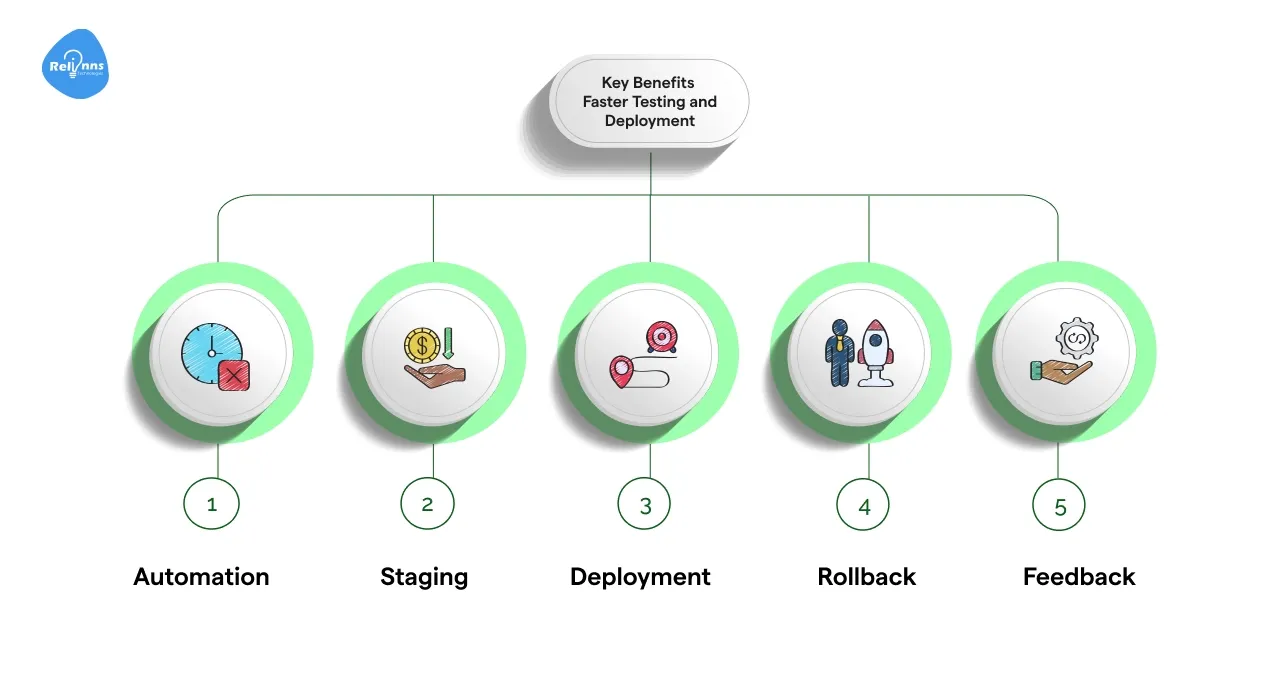
Key Benefits:
- Built-in testing tools run automated quality checks, significantly reducing manual QA time.
- Version control and staging environments allow safe testing before production release.
- One-click deployment streamlines release workflows, eliminating long deployment windows.
- Rollback and audit history features support compliance and traceability for all deployments.
- Faster releases ensure quicker business feedback loops and continuous delivery benefits.
Real-world examples of reduced development costs using Joget
Organizations across industries have achieved significant savings by implementing Joget.
These real-world examples demonstrate how the platform drives efficiency, accelerates delivery, and ensures lower development costs at scale.
1. Manufacturing sector: Consumable goods inventory App
- Client: PT Komatsu Marketing & Support Indonesia
- Source: Joget Case Study – Manufacturing (PDF)
Problem
- Manual inventory tracking led to significant annual losses of nearly USD 200,000 in consumable goods.
- Duplicate purchase orders were frequently generated due to a lack of visibility into stock levels.
- Procurement and disposal processes were inefficient and lacked centralized control or accountability.
- Internal teams struggled to identify item availability while restocking, which impacted productivity.
Solution
- Implemented a custom-built Joget app titled “Control of Consumable Goods” for stock tracking.
- Enabled automated purchase requisition emails when item quantities dropped below minimum thresholds.
- Introduced disposal request forms, approval workflows, and real-time updates with full audit trails.
- Integrated a centralized dashboard for item status monitoring and lifecycle documentation.
Results
- Achieved more than 20 times the return on investment within the first year of use.
- Reduced losses through accurate stock management and recovery of misplaced inventory.
- Streamlined procurement, reducing redundant orders and speeding up internal purchase processing.
- Strengthened accountability with digital audit records available for every transaction.
2. Healthcare Sector: Enterprise Clinical Workflow Automation
- Client: Confidential Healthcare Organization
- Source: Joget Mini Case Studies – Healthcare (PDF)
Problem
- Fragmented legacy systems created inefficiencies in patient and clinical data management workflows.
- Excessive manual work led to increased human error, delayed reporting, and reduced service efficiency.
- Poor system integration resulted in redundant processes across departments and inconsistent data flows.
- Rising operational costs exceeded budget estimates, with IT spending becoming unsustainable.
Solution
- Deployed a full suite of low-code Joget applications to automate patient and clinical workflows.
- Centralized patient data management into a single platform accessible across departments.
- Integrated real-time forms, scheduling, approvals, and patient record tracking into one ecosystem.
- Reduced manual interventions and enabled quicker decision-making through instant data availability.
Results
- Saved more than USD 1 million in estimated annual operating and IT inefficiency costs.
- Achieved operational alignment across medical, admin, and IT teams using one unified system.
- Reduced reporting and approval turnaround times from days to a few hours or less.
- Increased clinician satisfaction and improved patient management through digitized services.
Suggested Reading: How to Start Joget Development: A Complete Step-by-Step Guide
3. Financial services sector: Loan processing automation
- Client: Confidential Regional Bank
- Source: Joget Case Studies – Financial Services (PDF)
Problem
- Legacy loan processing systems required up to 7 days for loan application completion.
- Manual data entry, multiple approval layers, and document handling caused delays and errors.
- High customer dissatisfaction and operational overhead hindered digital transformation goals.
- IT teams estimated traditional redevelopment would take over 18 months and significant funding.
Solution
- Built 12 low-code loan processing applications using Joget within 6 months.
- Integrated borrower data intake, credit checks, risk scoring, and document automation features.
- Enabled internal and external workflow orchestration with status updates and performance tracking.
- Developed form-driven UI interfaces with minimal backend coding to increase development speed.
Results
- Reduced development cost by approximately 70 percent compared to traditional coding approaches.
- Cut loan processing time from 7 business days to under 24 hours for most applications.
- Accelerated time-to-market and improved service responsiveness across multiple customer channels.
- Achieved faster compliance validation and better audit-readiness through automation of forms and approvals.
Conclusion: Why Joget is a smart investment for cost-efficient application development
Real-world case studies across manufacturing, healthcare, and financial services demonstrate the transformative impact of Joget’s low-code platform. From recovering lost inventory and streamlining procurement to automating clinical workflows and slashing loan processing time, Joget consistently delivers measurable business value.
Organizations are no longer bound by traditional development constraints that are expensive, time-consuming, and resource-intensive. Joget empowers teams to build enterprise-grade apps quickly, customize workflows with ease, and reduce reliance on hard-to-find technical talent.
Relinns offers end-to-end Joget development services covering planning, app design, customization, integration, and ongoing support. With deep industry experience and a focus on results, Relinns ensures your Joget deployment is agile, scalable, and tailored to your business goals.
Why choose Joget development from Relinns?
- Extensive experience in building scalable Joget apps across multiple industries.
- Custom workflows are designed to match your exact business process needs.
- Integration support with existing ERP, CRM, and third-party enterprise systems.
- Dedicated support team for post-deployment optimization and performance tuning.
- Proven track record of delivering cost-efficient solutions under tight timelines.
Ready to reduce development cost by 70% for your low-code projects with Joget?
Visit Relinns Joget Services to learn more.
Frequently Asked Questions (FAQs)
How does Joget help reduce development costs for businesses?
Joget minimizes hand-coding using visual tools and reusable components, enabling faster delivery and reducing reliance on expensive, specialized developers.
Can Joget really lower development cost compared to traditional coding?
Yes, Joget can lower development costs by 50–90% using visual development, automation, and pre-built templates that eliminate redundant work and rework.
What types of businesses can reduce development costs with Joget?
Industries like healthcare, logistics, finance, and manufacturing use Joget to reduce development costs and streamline digital workflows with fewer technical dependencies.
Does Joget support third-party integration to help lower development costs?
Yes, Joget includes built-in API tools and connectors, making integration with ERP, CRM, and databases faster and reducing overall development costs.
How do visual tools in Joget contribute to a lower development cost?
Drag-and-drop builders reduce front-end workload, allowing business users to design workflows without code, which lowers development cost and increases delivery speed.
Can non-developers help reduce development costs using Joget?
Yes, Joget enables non-technical staff to build and modify apps, reducing development costs by minimizing reliance on expensive developer resources.
What kind of ROI can businesses expect when using Joget to reduce development costs?
Most organizations realize ROI in under six months due to faster deployment, reduced developer hours, and lower maintenance costs.
Is Joget suitable for mobile app development to reduce development costs?
Absolutely. Joget’s responsive design eliminates the need for separate mobile builds, helping teams lower development costs and accelerate cross-device rollouts.
How does Joget handle testing and deployment to reduce development costs?
Joget offers built-in testing, version control, and one-click deployment tools that cut manual effort and lower development costs during release cycles.
Why choose Relinns to implement Joget and reduce development costs?
Relinns provides end-to-end Joget solutions tailored to your workflows, ensuring reduced development costs, faster delivery, and scalable business outcomes.


